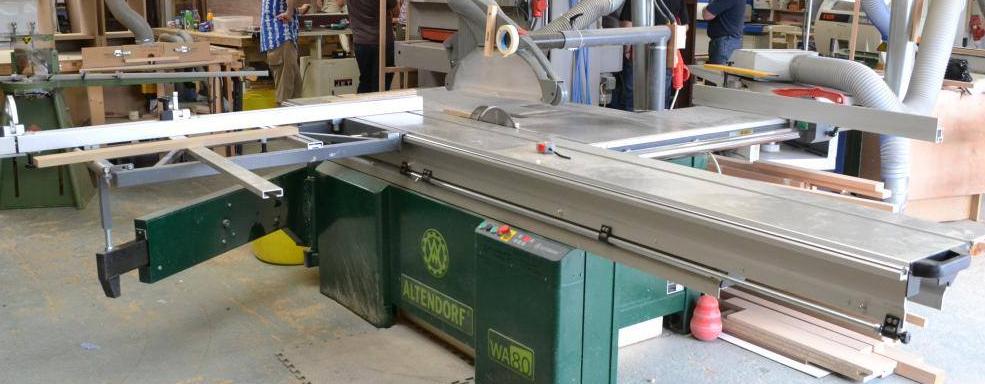Jacob
What goes around comes around.
The point is - even if the blade is set too high and you are doing other things wrong, with two push sticks your hands are out if the way and they unlikely to come to harm.I'm sorry but I don't agree that 2 push sticks of that style is the way to go. I'm also surprised that in a thread you have started about safety issues that you have shown a bloke using a saw with the blade set too high up for the cut he is making as an example of safe practice.



































